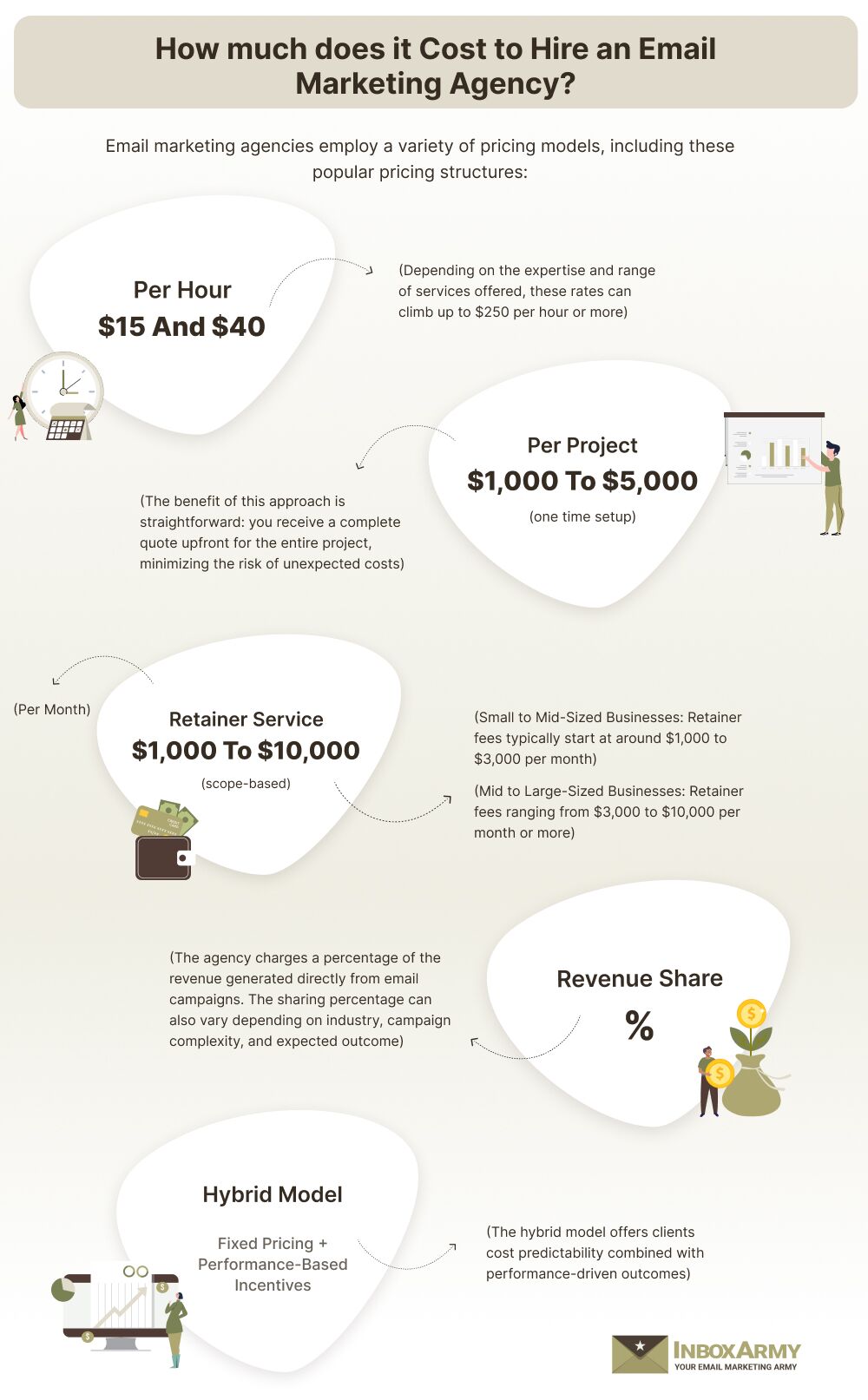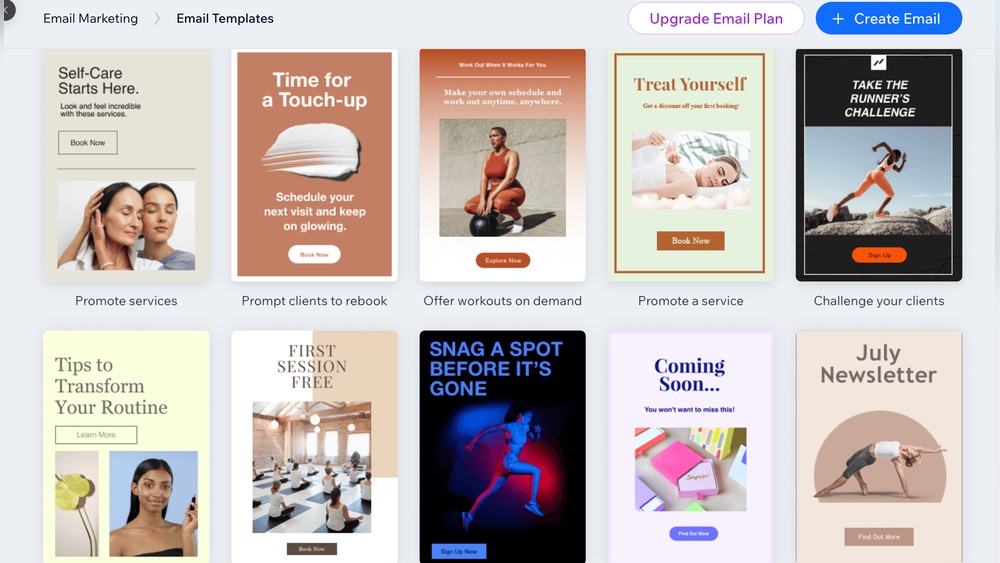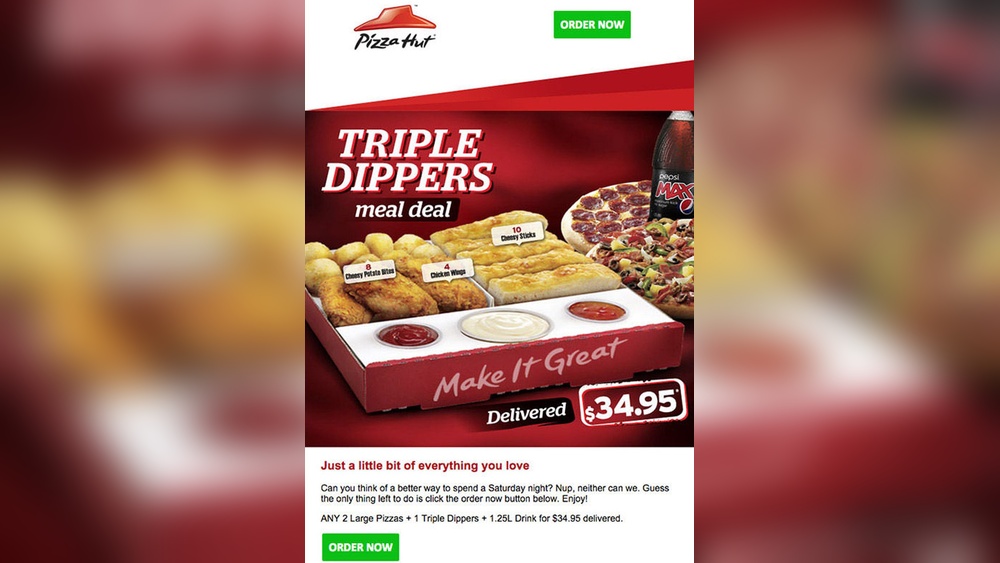Wondering how much email marketing will cost you each month? Whether you’re just starting out or looking to scale your business, knowing the right budget for email marketing is key to getting the best results without overspending.
You might be surprised to learn that costs can vary widely depending on your subscriber list size, the number of emails you send, and the features you need. You’ll discover clear, easy-to-understand pricing insights that help you plan your email marketing budget smartly.
Keep reading to find out exactly what you should expect to pay—and how to get the most value for your money.
Monthly Pricing Models
Monthly pricing models for email marketing vary widely. They depend on the provider, the number of contacts, and the features you need. Understanding these models helps you choose the best plan for your budget and goals.
Most email marketing platforms offer flexible pricing. You can pick a plan based on your subscriber count or the number of emails sent. This approach makes it easier to control costs as your list grows.
Subscription Tiers
Subscription tiers are the most common pricing model. Each tier allows a certain number of subscribers and emails per month. As you move up, you unlock more features like automation, analytics, and support.
Basic tiers usually start around $10 to $20 per month. They cover small lists and simple campaigns. Mid-level plans range from $30 to $100 and offer advanced tools. High-end tiers, costing hundreds monthly, suit large businesses with complex needs.
Some platforms also limit email sends in lower tiers. You pay more if your campaign volume grows. This system encourages businesses to upgrade as they expand.
Pay-as-you-go Options
Pay-as-you-go plans charge based on the number of emails you send. There is no fixed monthly fee. This model fits businesses with irregular email schedules or low volume.
You buy credits or email bundles in advance. Each email sent uses one credit. Costs per email usually drop with larger purchases. This plan avoids paying for unused capacity.
Pay-as-you-go suits startups or seasonal campaigns. It offers flexibility without a monthly commitment. Some services combine this with subscription tiers for mixed needs.
Subscriber Count Impact
The number of subscribers directly affects your email marketing costs. As your list grows, monthly expenses usually rise. Understanding this impact helps you plan your budget better.
More subscribers mean higher fees from most email marketing providers. This is because you send more emails and need more storage for contacts.
Cost Per Subscriber
Many email marketing platforms charge based on the number of subscribers. Each additional subscriber adds a small cost to your monthly bill. For example, a plan might cost $20 for 500 subscribers, but $40 for 2,000 subscribers. This pricing helps smaller businesses start with low costs. It also ensures larger lists pay fairly for extra resources used.
Some services offer flat rates up to a certain number of subscribers. After that, you pay per subscriber or in set tiers. Always check the pricing details before choosing a platform.
Scaling Effects On Pricing
As your subscriber count increases, pricing plans often move to higher tiers. These tiers come with added features and higher limits. Scaling can lead to discounts per subscriber at large volumes. However, very large lists might require custom pricing or enterprise plans.
Scaling also impacts the cost of additional features like automation and segmentation. Bigger lists often need advanced tools to manage campaigns effectively. These tools can increase monthly costs but improve marketing results.
Email Volume Costs
Understanding email volume costs is key to managing your email marketing budget. The amount you pay each month depends largely on how many emails you send. Email service providers often set limits on monthly email volume. Sending more emails than your plan allows can lead to extra charges. Knowing these details helps avoid surprise fees and keeps your costs predictable.
Limits And Overages
Most email marketing plans have a limit on how many emails you can send each month. This limit depends on your subscription level. If you exceed the limit, the provider may charge extra fees. These fees, called overages, usually cost a small amount per additional email sent. Some providers pause your sending ability until you upgrade your plan. Others automatically bill you for the extra emails. Check your plan’s email limits carefully to avoid overages.
Pricing By Email Sends
Email marketing pricing often scales with the number of emails sent. Smaller plans allow fewer emails at a lower cost. Larger plans let you send more emails but cost more monthly. For example, a basic plan might allow 10,000 emails per month for $20. A mid-level plan may offer 50,000 emails for $50. High-volume plans can send hundreds of thousands of emails but cost several hundred dollars monthly. Choose a plan based on your email volume to control costs effectively.
Credit: jessewillms.com
Feature-based Pricing
Feature-based pricing in email marketing means the monthly cost varies by the tools and functions offered. Different plans include different features, making prices range from low to high. Understanding which features you need helps you pick the best plan for your budget.
Some basic tools are enough for small businesses or beginners. Larger companies often need advanced features that increase costs. Here, we explain how features affect pricing.
Basic Vs Advanced Tools
Basic tools usually include simple email templates and limited sending limits. These plans are affordable and easy to use. Advanced tools offer more options like detailed analytics, A/B testing, and custom branding. These extras cost more but improve campaign results. Many providers charge more as you move from basic to advanced plans.
Automation And Integrations
Automation lets you send emails automatically based on triggers like signups or purchases. This saves time and increases engagement. Integrations connect your email platform to other software such as CRMs or ecommerce systems. Both automation and integrations raise monthly prices. Plans with these features suit businesses wanting efficient, personalized marketing.
Provider Pricing Comparison
Comparing email marketing providers helps find the best value for your budget. Costs vary widely depending on the platform and your business needs. Understanding pricing differences makes choosing easier.
Providers offer plans based on subscriber count, email volume, and features. Some include automation tools and integrations at higher prices. Others focus on simple newsletter sending with lower costs.
Popular Platforms Cost
Mailchimp starts around $13 per month for basic plans. Constant Contact offers plans from $20 monthly. Klaviyo pricing begins near $20 but can rise with more contacts. These platforms often charge more as your list grows.
Many providers include free plans with limited emails or contacts. Paid plans unlock automation, segmentation, and analytics. Some platforms bill based on monthly emails sent, not just subscribers.
Enterprise Vs Small Business
Enterprise plans can cost hundreds to thousands per month. They offer advanced features, dedicated support, and higher sending limits. These plans suit large companies with big lists and complex needs.
Small business plans typically range from $10 to $50 monthly. They focus on essential tools like simple campaigns and basic automation. These options fit businesses with smaller lists and simpler goals.
Choosing the right tier depends on your email volume, list size, and required features. Start small and upgrade as your email marketing grows.

Credit: www.inboxarmy.com
Content Creation Expenses
Content creation plays a key role in email marketing costs. Creating engaging emails requires time and skill. Businesses spend money on writing, designing, and editing email content. These expenses vary depending on whether content is made internally or by outside experts.
Understanding content creation expenses helps plan a monthly email marketing budget. It also shows where to save or invest more for better results.
In-house Vs Outsourcing
In-house content creation means using your own team to write and design emails. This option may lower direct costs but requires staff time and resources. You pay salaries and benefits, plus training and software tools.
Outsourcing content to freelancers or agencies often costs more per email. Yet, it brings expert skills and fresh ideas. Outsourcing also saves time, letting your team focus on other tasks. Prices vary widely based on experience and workload.
Agency Pricing Range
Email marketing agencies offer full content services. They handle writing, design, and sometimes strategy. Monthly prices range from $500 to over $5,000. Small businesses usually pay between $500 and $1,500.
Higher prices include advanced services like A/B testing and personalization. Agencies provide consistent quality but require contract commitments. Choose an agency based on budget and content needs.
Hidden And Additional Fees
Many email marketing services advertise a simple monthly fee. The reality often includes extra costs that are not clear at first. These hidden and additional fees can increase your monthly expenses. Knowing about these charges helps you plan your budget better. It also prevents surprises after you start using the service.
Setup Charges
Some providers charge a one-time setup fee. This fee covers account creation and initial configuration. It may include designing templates or importing contacts. Setup charges can vary widely. Small businesses may pay a modest fee, while larger accounts pay more. Always ask if setup costs are included in the monthly price. If not, factor them into your total budget.
Support And Training Costs
Support is often not free or fully included. Basic help might come with your plan, but advanced support usually costs extra. Training sessions for your team may also have fees. These costs cover live help, tutorials, or custom guidance. If you want quick answers or personalized training, expect to pay more. Consider these fees to keep your email marketing running smoothly.
Cost Optimization Tips
Cost optimization tips help reduce monthly email marketing expenses. Smart choices save money without losing effectiveness. Managing your budget is possible with simple strategies. Focus on spending wisely to get the best value.
Choosing The Right Plan
Select a plan that fits your subscriber count. Avoid paying for features you don’t use. Smaller lists need basic plans with essential tools. Larger lists may require advanced plans with automation. Check pricing tiers carefully to avoid extra fees. Many providers offer monthly or annual billing options. Annual plans often save money over time. Test free trials to find the best platform for your needs.
Maximizing Roi
Target your audience with clear, relevant messages. Send emails at optimal times to boost engagement. Use segmentation to personalize content and increase opens. Track key metrics like open rates and clicks. Improve campaigns by analyzing performance regularly. Avoid buying large email lists that reduce ROI. Re-engage inactive subscribers before removing them. Limit email frequency to prevent unsubscribes and complaints. Consistent testing helps find the best email styles and offers.

Credit: www.webfx.com
Frequently Asked Questions
How Much Does Email Marketing Cost Monthly?
Email marketing costs range from $10 to $350+ monthly. Pricing depends on subscriber count, email volume, and platform features. Basic plans start around $10-$20, while advanced automation and integrations increase costs. Choose a plan that fits your business needs and growth goals.
What Is The 60 40 Rule In Email?
The 60/40 rule in email means 60% of content should be valuable info, and 40% promotional offers to engage readers effectively.
How Much Is 1000 Emails Worth?
The value of 1,000 emails varies by platform, features, and goals. Costs range from $10 to $50 monthly. Effective campaigns can generate significant ROI beyond basic pricing.
What Is The Rule Of 7 In Email Marketing?
The Rule of 7 in email marketing means a prospect needs to see your message at least seven times to take action. It builds trust and awareness.
Conclusion
Email marketing costs vary widely depending on your needs. Small lists and basic plans often cost under $50 monthly. Larger audiences and advanced features can raise prices significantly. Choosing the right service depends on your budget and goals. Keep in mind, investing in email marketing can boost customer engagement.
Track results to ensure your spending pays off. Focus on what fits your business best. Simple, consistent emails often bring the best returns. Remember, cost is just one part of the marketing success puzzle.






